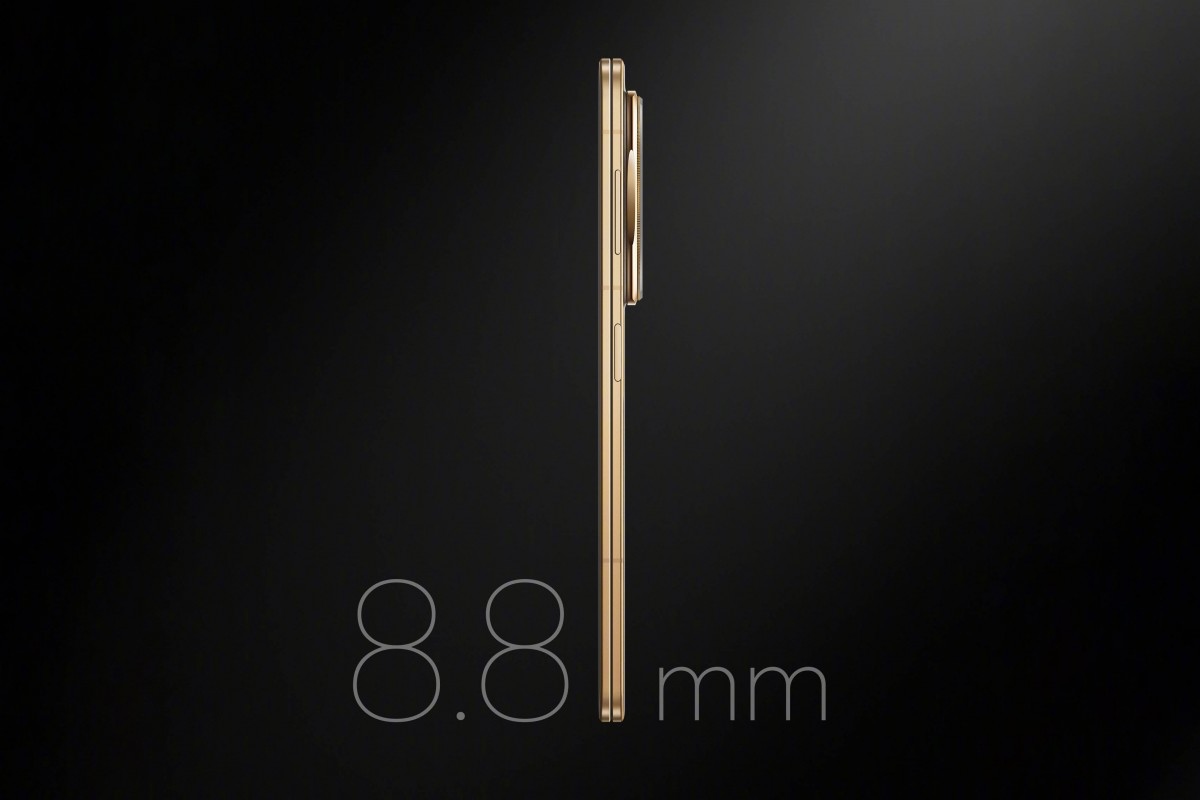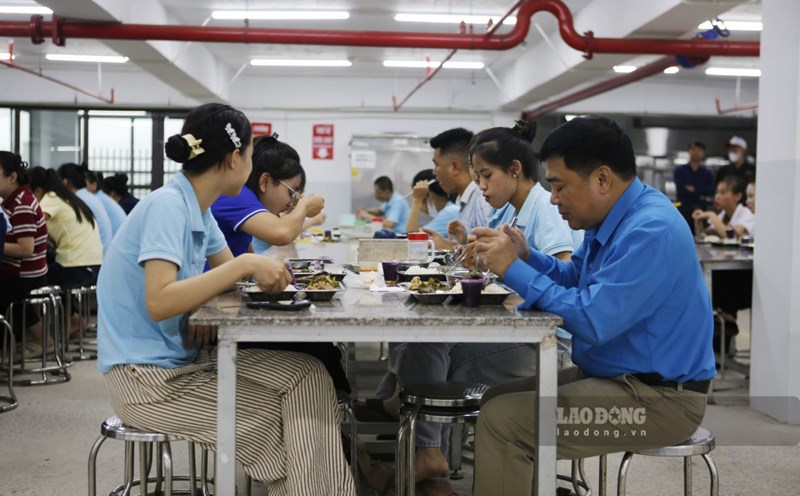Market research company TrendForce has just released a forecast for foldable smartphone sales in 2025. Accordingly, sales will reach 19.8 million units in 2025, maintaining a market penetration rate of about 1.6%, equivalent to 2024.
According to TrendForce, although the growth rate has slowed down compared to previous years, advances in technology and prices are gradually positioning foldable phones as an important improvement in the mid-range to high-end smartphone segment, and a powerful tool to make a difference for the brand.
Top manufacturers are accelerating their development roadmap, expanding product portfolio and prices to prepare for a potential market explosion in 2026. Apple's move in 2026 could make a breakthrough in the industry.
TrendForce's forecast also includes specific market share of each brand. Samsung is leading the foldable screen phone segment and has recently launched its next-generation flagship, the Galaxy Z Fold 7, with significant improvements in hding design, folding display and styling.
However, TrendForce noted that increasing competition from other brands is eroding Samsung's dominance, with the global market share expected to fall from 45.2% in 2024 to 35.4% in 2025.
Huawei is expected to account for 34.3% of the global foldable phone market share this year. The company will continue to achieve impressive sales in key markets, especially China.
In 2024, Huawei accounted for 35.2% of the global foldable phone market share. This year, their index is slightly lower but not significantly different from last year. According to experts, the situation may change by the end of 2025 with the second tri-fold phone - Huawei Mate XT2.
Honor will rank 3rd in terms of market share in 2025 with 9.1%, up from 6% in 2024. This is partly due to the launch of the Honor Magic V5, the thinnest foldable smartphone in the world, with a thickness of only 8.8 mm.

Folding phone brands such as Huawei and Xiaomi are in fourth and fifth place, respectively. Both companies are seeing strong growth in market share, with 7.6% and 5.1% respectively this year, up sharply compared to last year.
Other brands such as Oppo and Vivo are expected to account for 8.5%, emphasizing a more diverse and competitive foldable phone ecosystem.
Despite significant improvements in technology and products, TrendForce experts believe that global foldable phone sales continue to grow at a moderate pace. The main barriers include persistent concerns about wrinkle display, durability and high cost.
For consumers who are unloyal to a specific brand, the conversion momentum is still relatively low. Therefore, foldable screen phones are largely positioned as high-end testing devices, while most users still prefer Audible flagships with a solid position and cost savings.











